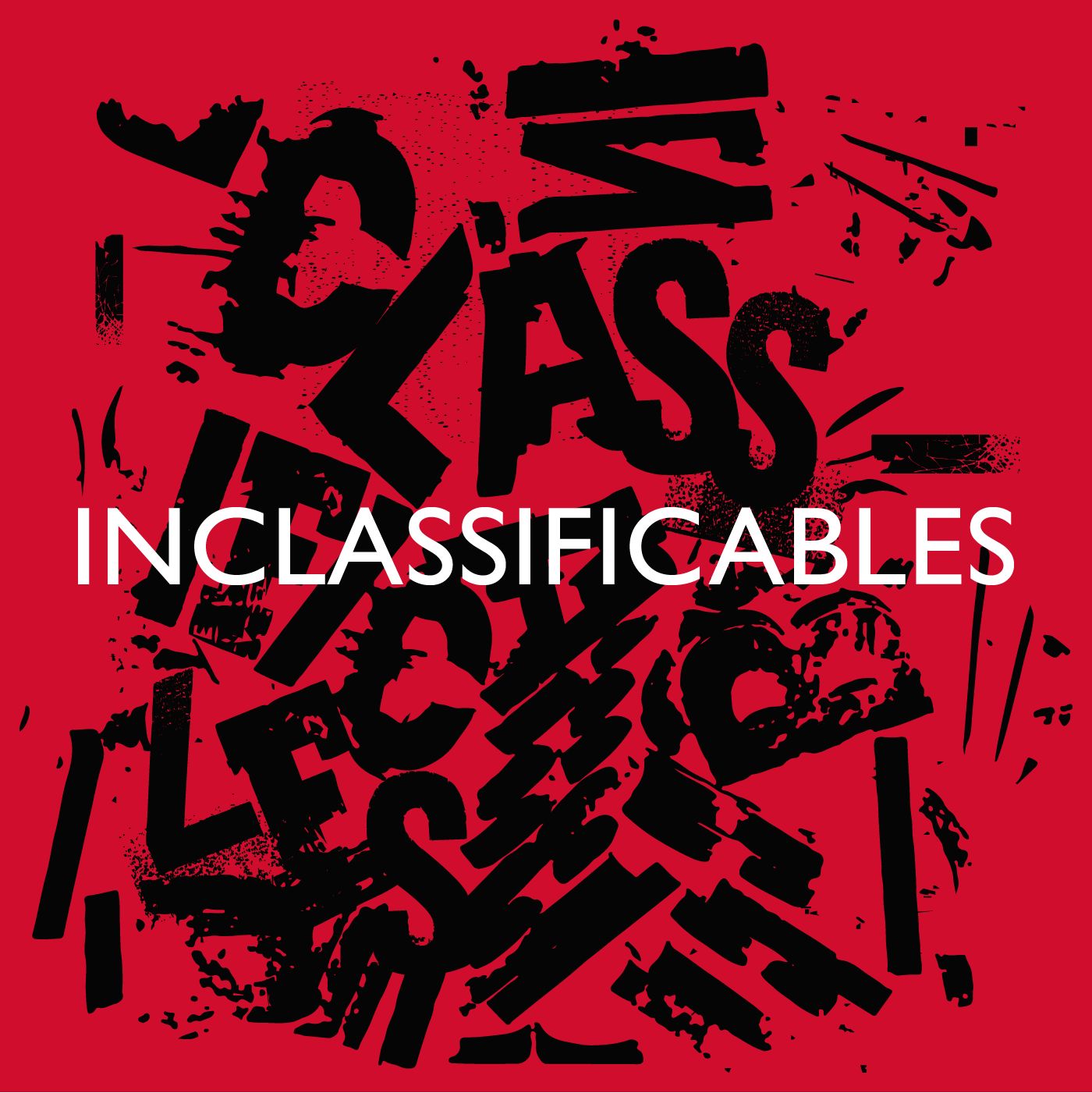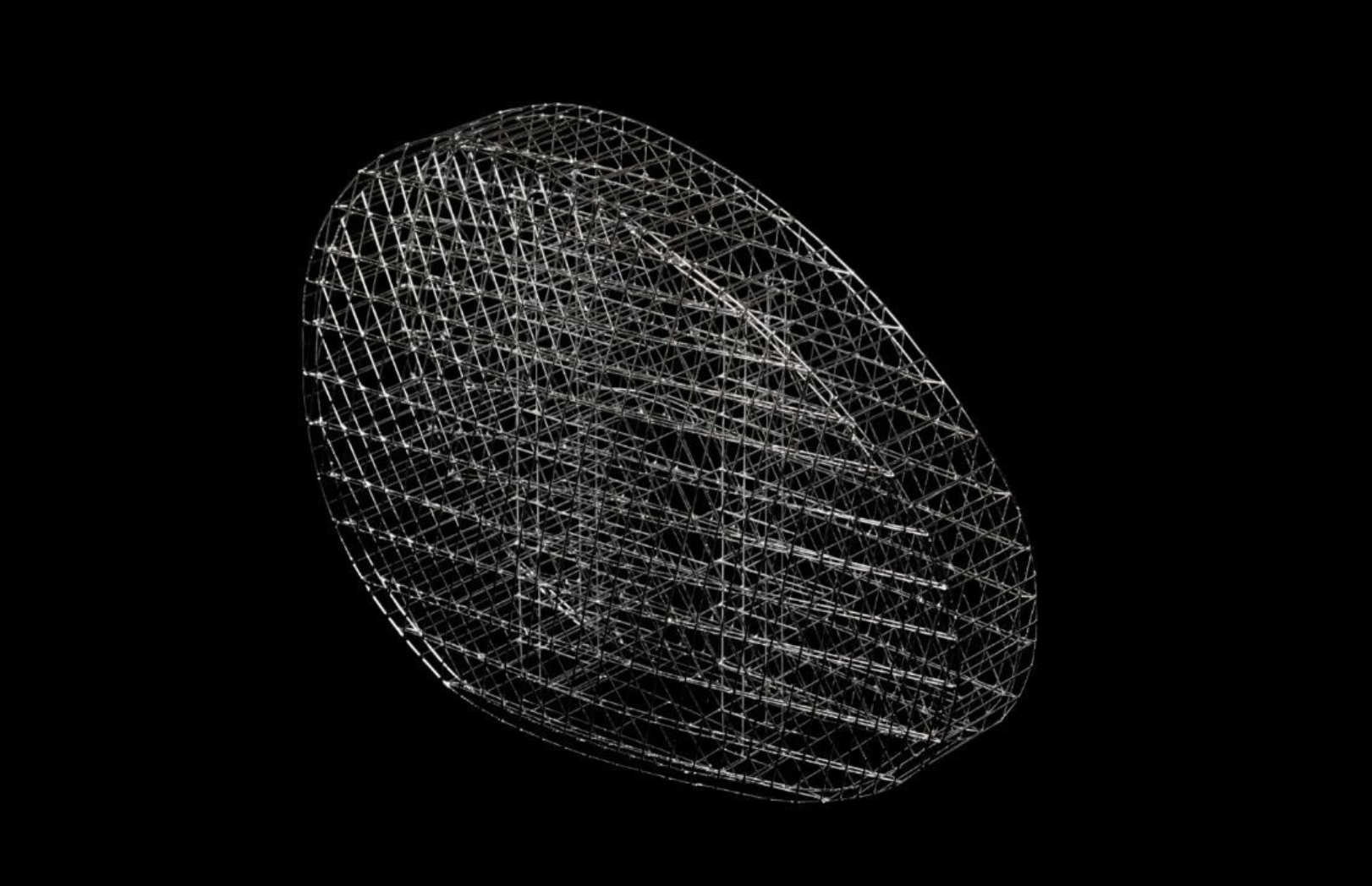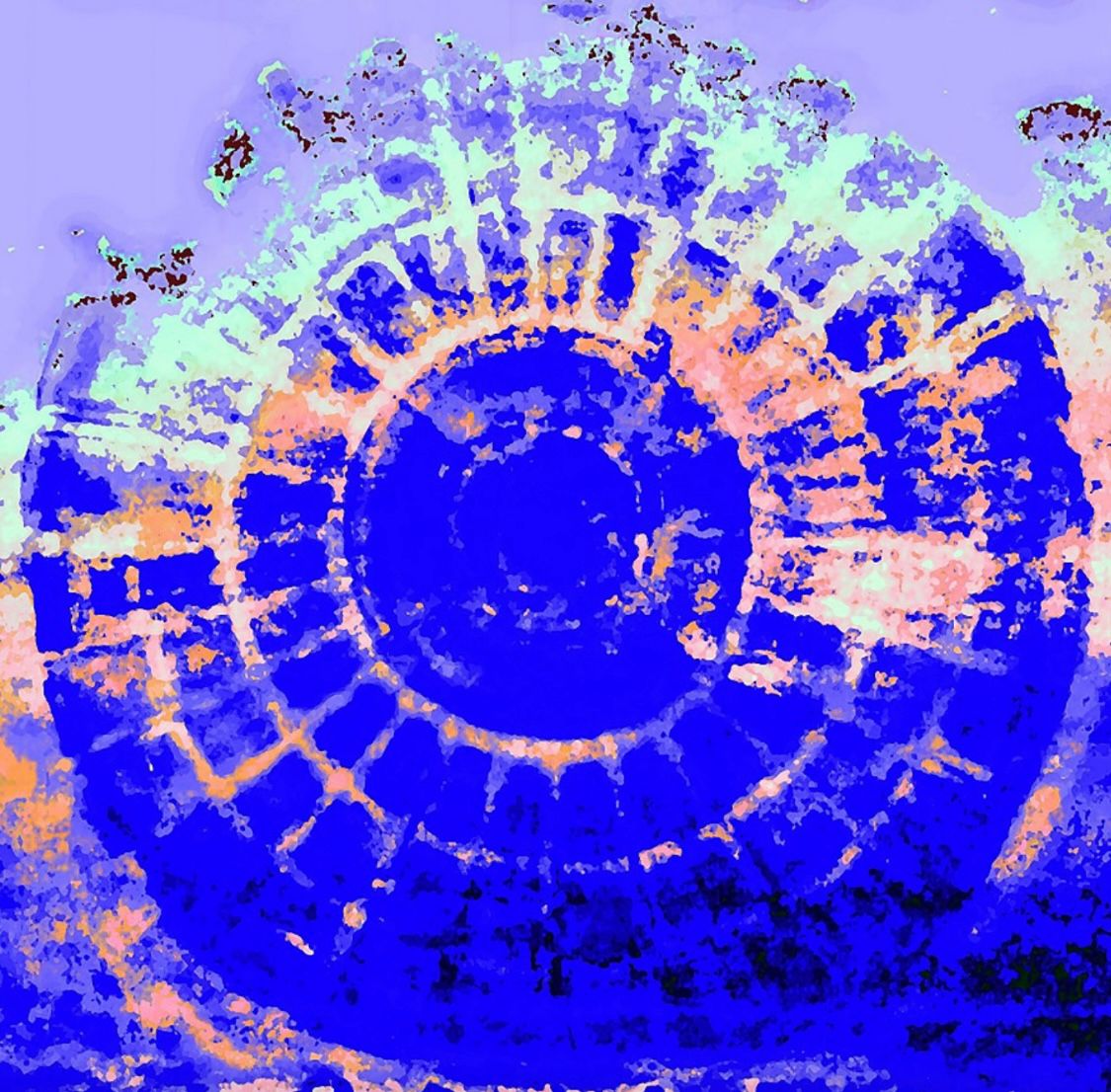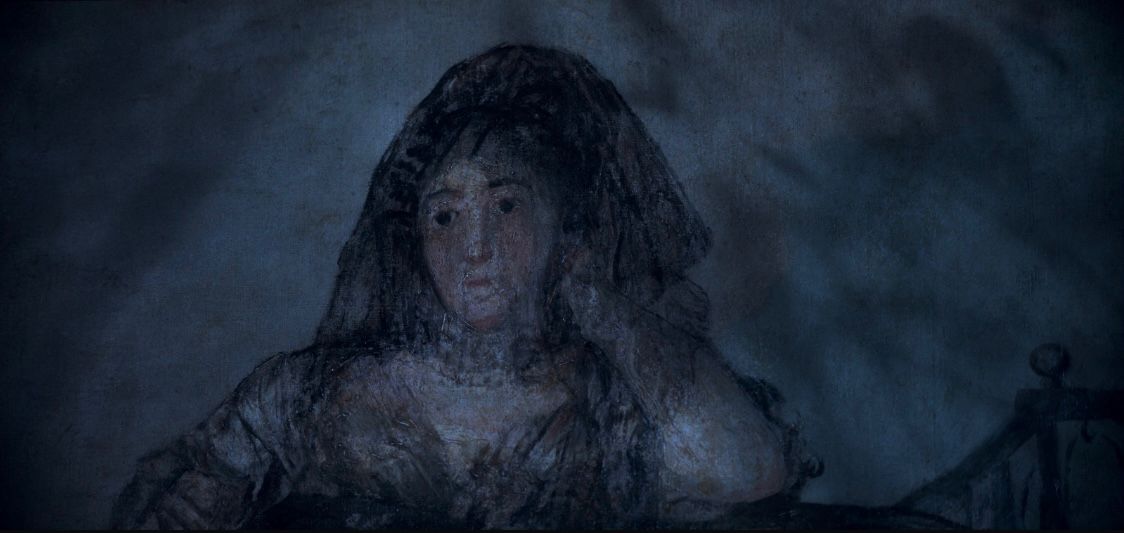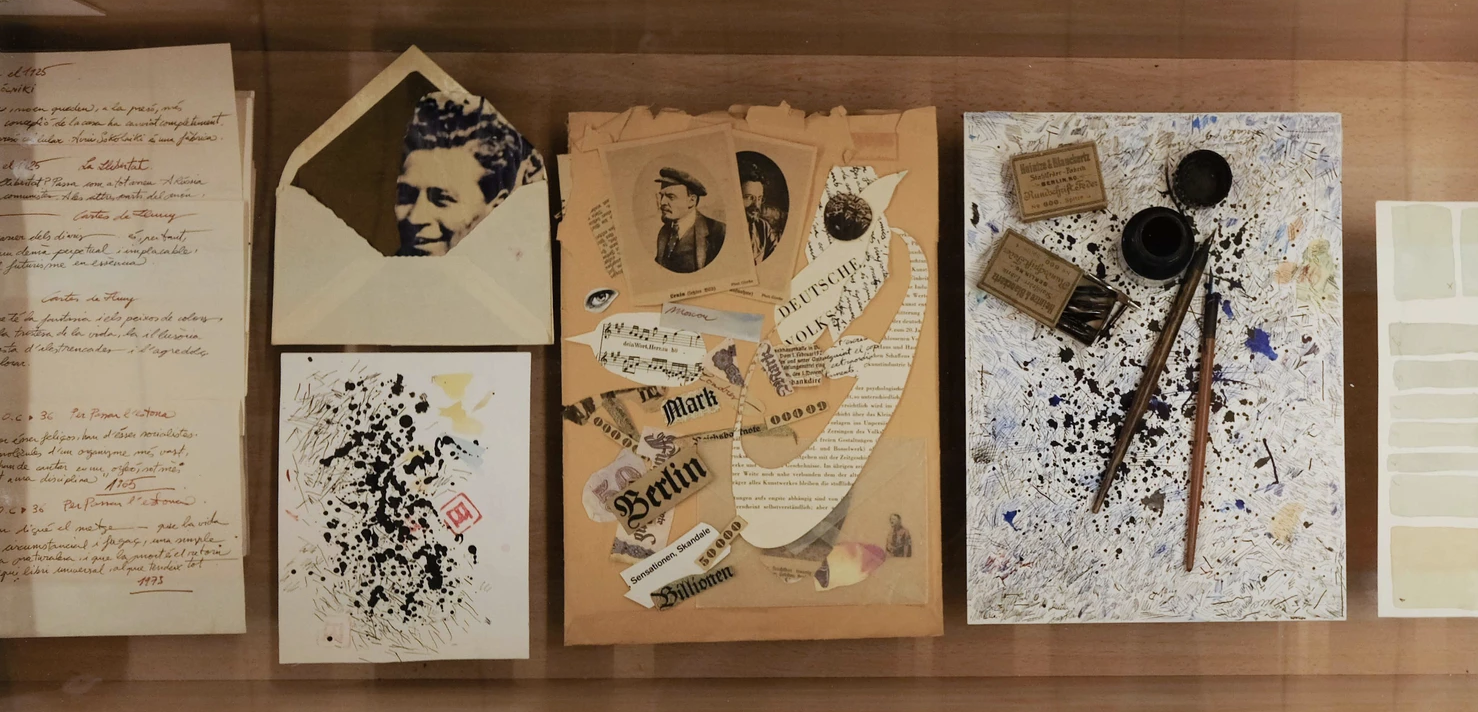Exhibitions
Michel Ragon: architecture, art and utopia
A questioning of dogma to explore new ways of conceiving space and society.
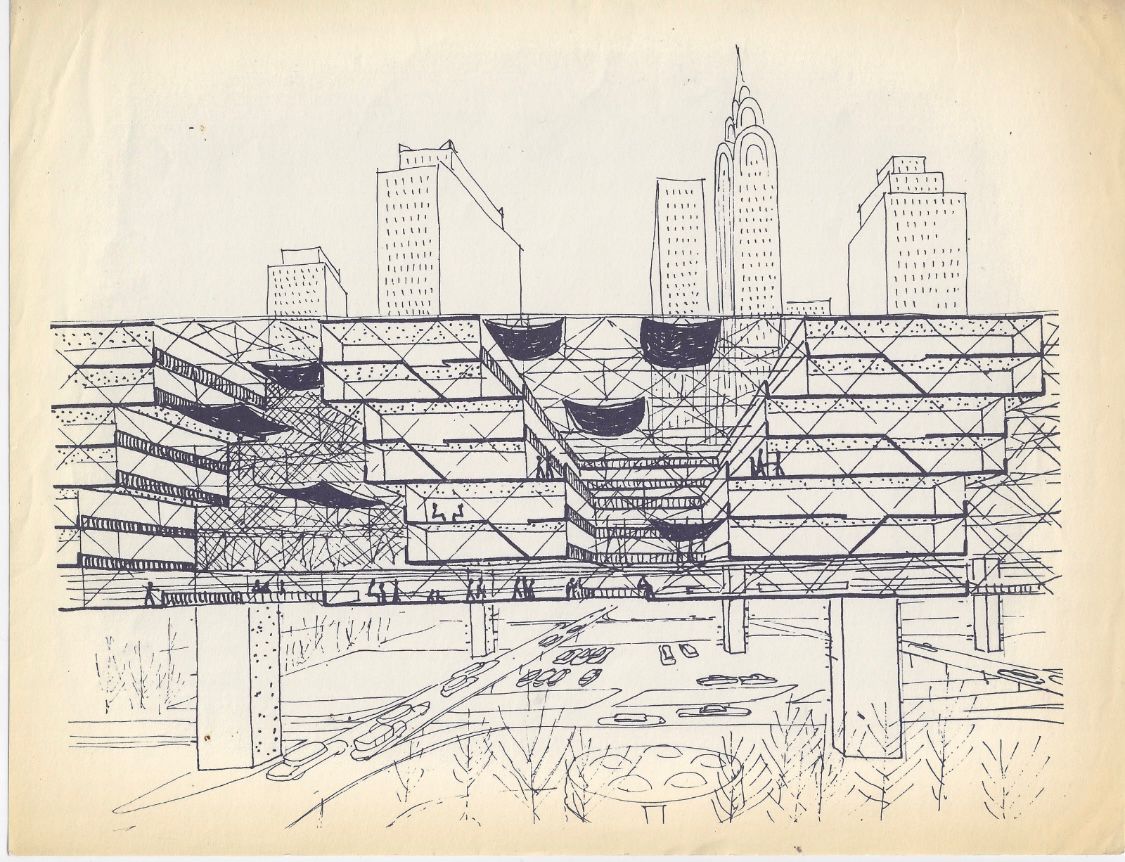
La Virreina unearths a name perhaps little known to many, but which left a profound mark on architectural and artistic thought in the second half of the 20th century. The exhibition 'Michel Ragon. And after Le Corbusier?', curated by Fernando Marzá and Neus Moyano , introduces us to the figure of this libertarian thinker, a man with a radical vision who linked architecture with art and society in a time of profound social and political transformations, leaving a legacy that still resonates in contemporary debates about the city and the future of urban design.
Michel Ragon (Marseille, 1924-Suresnes, 2020) forged himself as an independent and irreverent voice within the European panorama. Unlike other figures of his time, his training was self-taught and his life was marked by a commitment to the values of libertarian anarchism. His production is not limited to architectural criticism: he was also an art critic, poet, novelist and essayist. His connection with proletarian literature and social movements led him to establish relationships with prominent figures in the art world, such as Jean Dubuffet and the CoBrA group. This commitment to popular art and architecture was reflected in his interest in the work of Le Corbusier, but also in his constant search for a new vision of the city that, beyond a functional architecture, was also a reflection of the social transformations of the time.
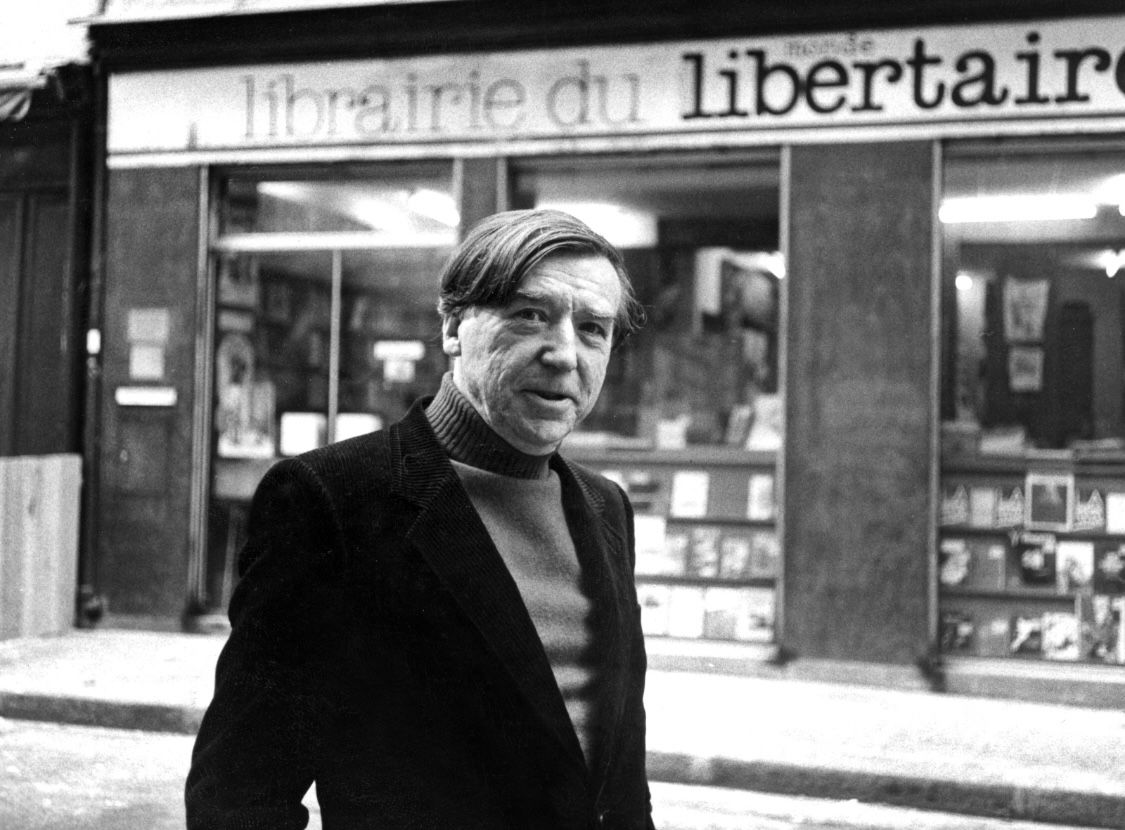 1 Michel Ragon © Louis Monier
1 Michel Ragon © Louis Monier
One of the key moments of his career was his relationship with the GIAP (International Group of Prospective Architecture) , founded in Paris in 1965 by a group of young architects such as Yona Friedman , Paul Maymont , Ionel Schein , Nicolas Schöffer , Walter Jonas and Georges Patrix . This collective anticipated many of the problems that still occupy urban planners and architects today: participatory urbanism, local agriculture, solar architecture, new forms of social housing and, above all, the power relations that define the design of cities. What Ragon saw in this group was not just an aesthetic search, but a response to the deepest needs of society, which was increasingly marked by capitalism and political bureaucracy.
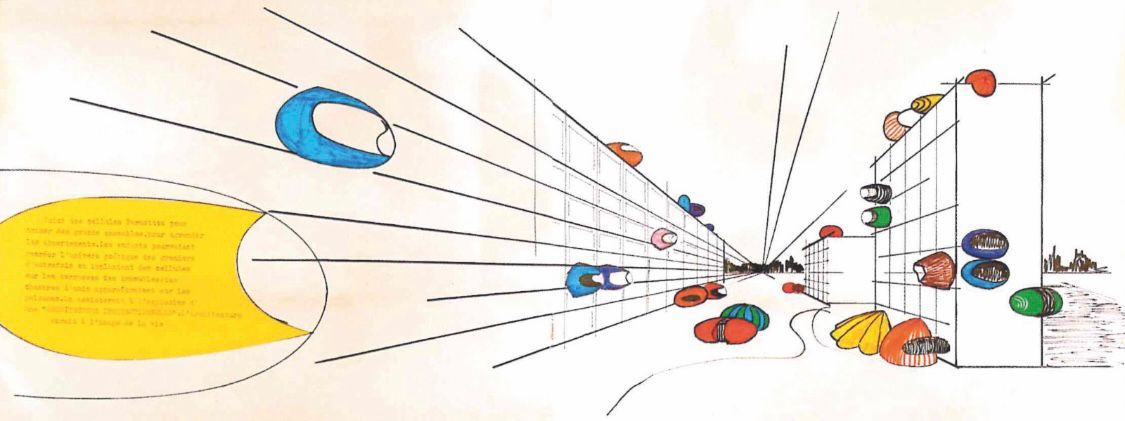 Chanéac, Cellules parasites, 1968. Quadern de l’arquitecte. Donació de Nelly Chanéac. Cortesia de Frac Centre – Val de Loire
Chanéac, Cellules parasites, 1968. Quadern de l’arquitecte. Donació de Nelly Chanéac. Cortesia de Frac Centre – Val de Loire
The exhibition at La Virreina, which can be visited until May, explores the evolution of Ragon's thought based on the Michel Ragon Collection preserved in the Archives de la Critique d'Art of the University of Rennes . Through this exhibition, it is analyzed how his concerns changed in parallel with the political and social unrest that French society experienced, especially after May 68. The exhibition retraces Ragon's journey through his works, following his own voice. The titles of the sections reflect the major themes of his literary and critical production: And after Le Corbusier?, Where will we live tomorrow?, Prospects and futurology, and Monumental errors. Ragon, who lived on the margins of the major dominant currents, always maintained a close relationship with popular literature and proletarian art, fields in which he contributed profound reflections on social transformation and the roots of architecture.
His affinity with ideology and the libertarian movement was key to understanding how he connected his concerns with those of many social movements. Going beyond Le Corbusier, Ragon and the members of the GIAP imagined a future in which architecture also became a vehicle for transforming the way we live together.
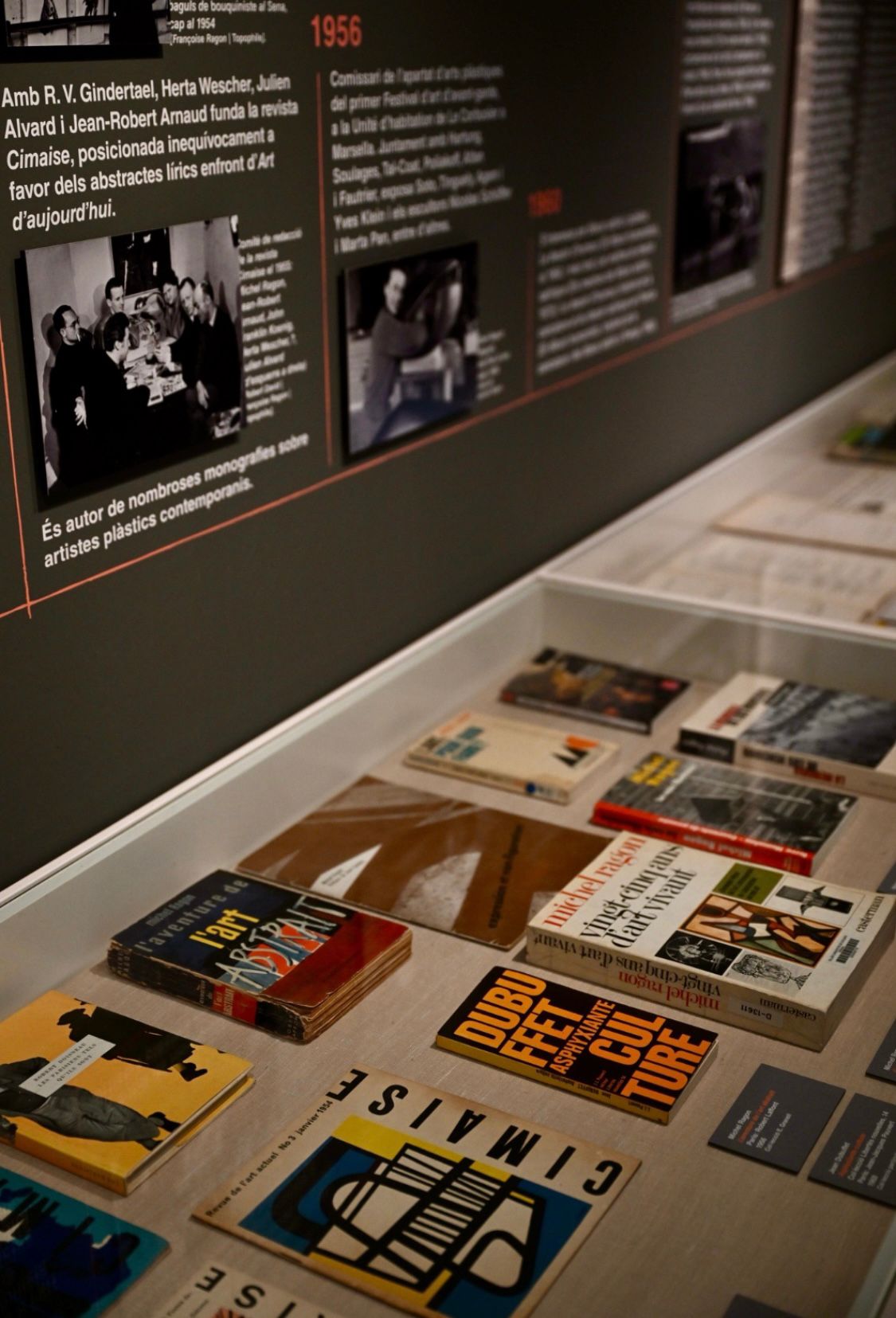 'Michel Ragon. I després de Le Corbusier?' a La Virreina.
'Michel Ragon. I després de Le Corbusier?' a La Virreina.




